
- Home
- India
- World
- Premium
- THE FEDERAL SPECIAL
- Analysis
- States
- Perspective
- Videos
- Sports
- Education
- Entertainment
- Elections
- Features
- Health
- Business
- Series
- In memoriam: Sheikh Mujibur Rahman
- Bishnoi's Men
- NEET TANGLE
- Economy Series
- Earth Day
- Kashmir’s Frozen Turbulence
- India@75
- The legend of Ramjanmabhoomi
- Liberalisation@30
- How to tame a dragon
- Celebrating biodiversity
- Farm Matters
- 50 days of solitude
- Bringing Migrants Home
- Budget 2020
- Jharkhand Votes
- The Federal Investigates
- The Federal Impact
- Vanishing Sand
- Gandhi @ 150
- Andhra Today
- Field report
- Operation Gulmarg
- Pandemic @1 Mn in India
- The Federal Year-End
- The Zero Year
- Science
- Brand studio
- Newsletter
- Elections 2024
- Events
Why George Orwell and history cancelled his wife Eileen from his literary farm

Her story, for six odd decades, remained a footnote in literary history, hovering in its shadows: a case of unpardonable, and unconscionable, omission at the hands of patriarchy. George Orwell, known for works like Animal Farm and 1984 (published in 1945 and 1949, respectively) that explore the dangers of totalitarianism and give us a glimpse into the futuristic totalitarian society where...
Her story, for six odd decades, remained a footnote in literary history, hovering in its shadows: a case of unpardonable, and unconscionable, omission at the hands of patriarchy. George Orwell, known for works like Animal Farm and 1984 (published in 1945 and 1949, respectively) that explore the dangers of totalitarianism and give us a glimpse into the futuristic totalitarian society where mass surveillance becomes a norm, expunged Eileen Maud Blair, his first wife, from his works, and wrote her out of his story — wittingly, undermining all she did for him. So did his male biographers, and the wider literary establishment, until the early 2000s.
Eileen O’Shaughnessy had married Orwell, who was born in Motihari in Bihar as Eric Arthur Blair, in 1936. Even though she played a key role in making Orwell who he later became, she was doomed to obscurity until 2005, when six letters she wrote to her friend Norah were discovered for the first time. These letters form the basis of two recent books that have rescued Eileen from the literary oblivion: a woman who was not a passive observer, but an active participant in shaping Orwell’s gargantuan literary legacy, and who toiled herself to death in that pursuit. These books include Sylvia Topp’s Eileen: The Making of George Orwell (2019), and Anna Funder’s Wifedom: Mrs. Orwell’s Invisible Life, which released in India recently.
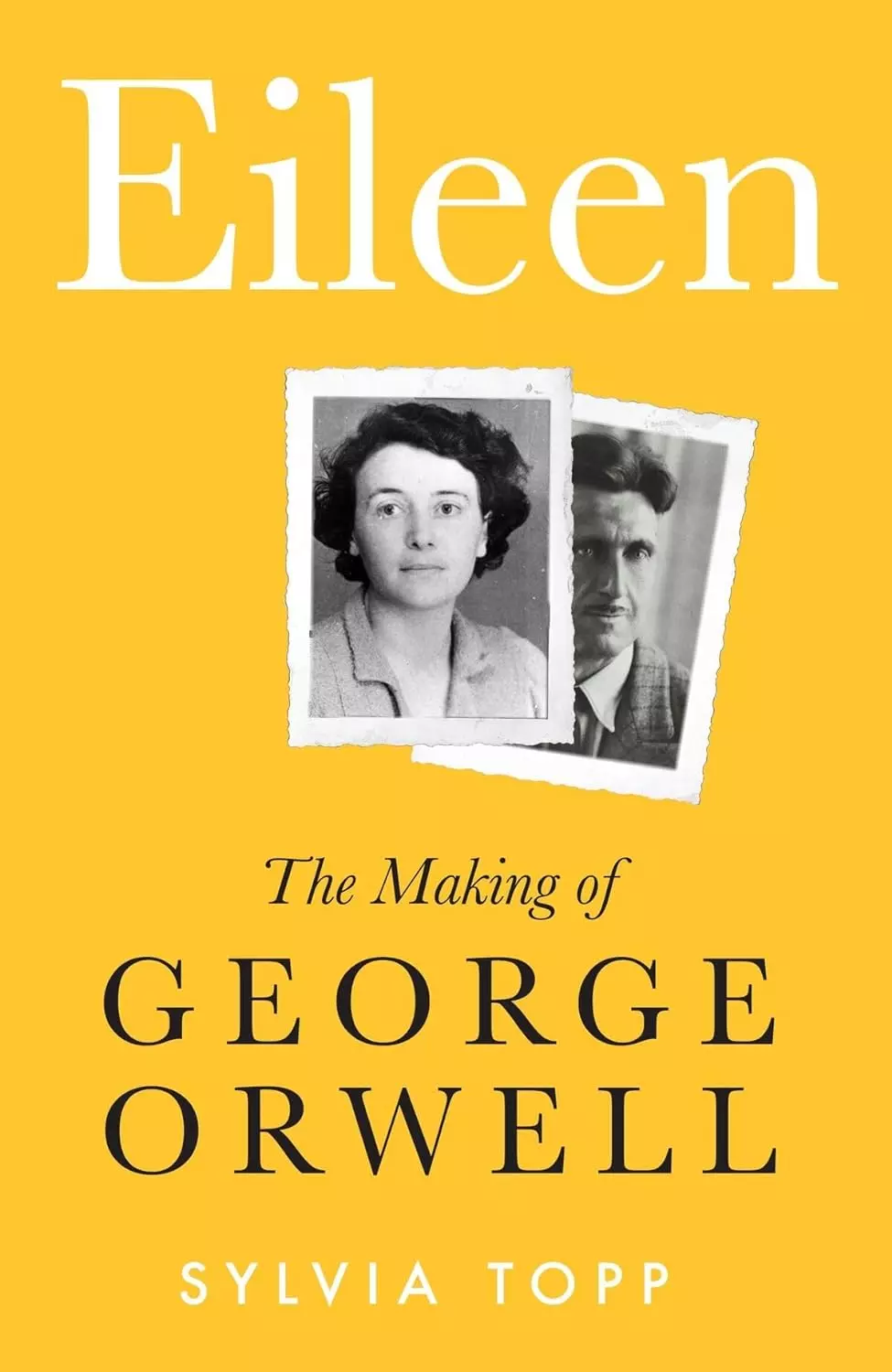
Sylvia Topp’s 'Eileen' recounts the time the couple spent in a tiny village tending goats and chickens, through the Spanish Civil War, their narrow escape from the destruction of their London flat during a German bombing raid, and their adoption of a baby boy.
When Topp started the work on her book, a friend asked her: “Why a book about Orwell’s wife? He would have been a great writer no matter who his wife was, right?” In her book — which tells the never-before-told story of “an exceptional woman who has been unjustly overlooked” — Topp proves her friend wrong. A lot of the scepticism over Eileen’s contribution to Orwell’s literary output is over the fact that Eileen had died unexpectedly in 1945 during a hysterectomy, just before Animal Farm was published. This means that the two were married for mere nine years. But in this short span of time, Eileen — with a degree in English from Oxford University, had a bright future as a writer and educational psychologist, but gave up her personal aspirations to dedicate her life to a struggling, but very ambitious writer — did an awful lot, shaping, supporting and even saving Orwell’s life. Eileen’s friend, Lydia Jackson, describes her as ‘sophisticated, fastidious, highly intelligent and intellectual, . . . perhaps no less gifted, though in different ways, than the man she married.”
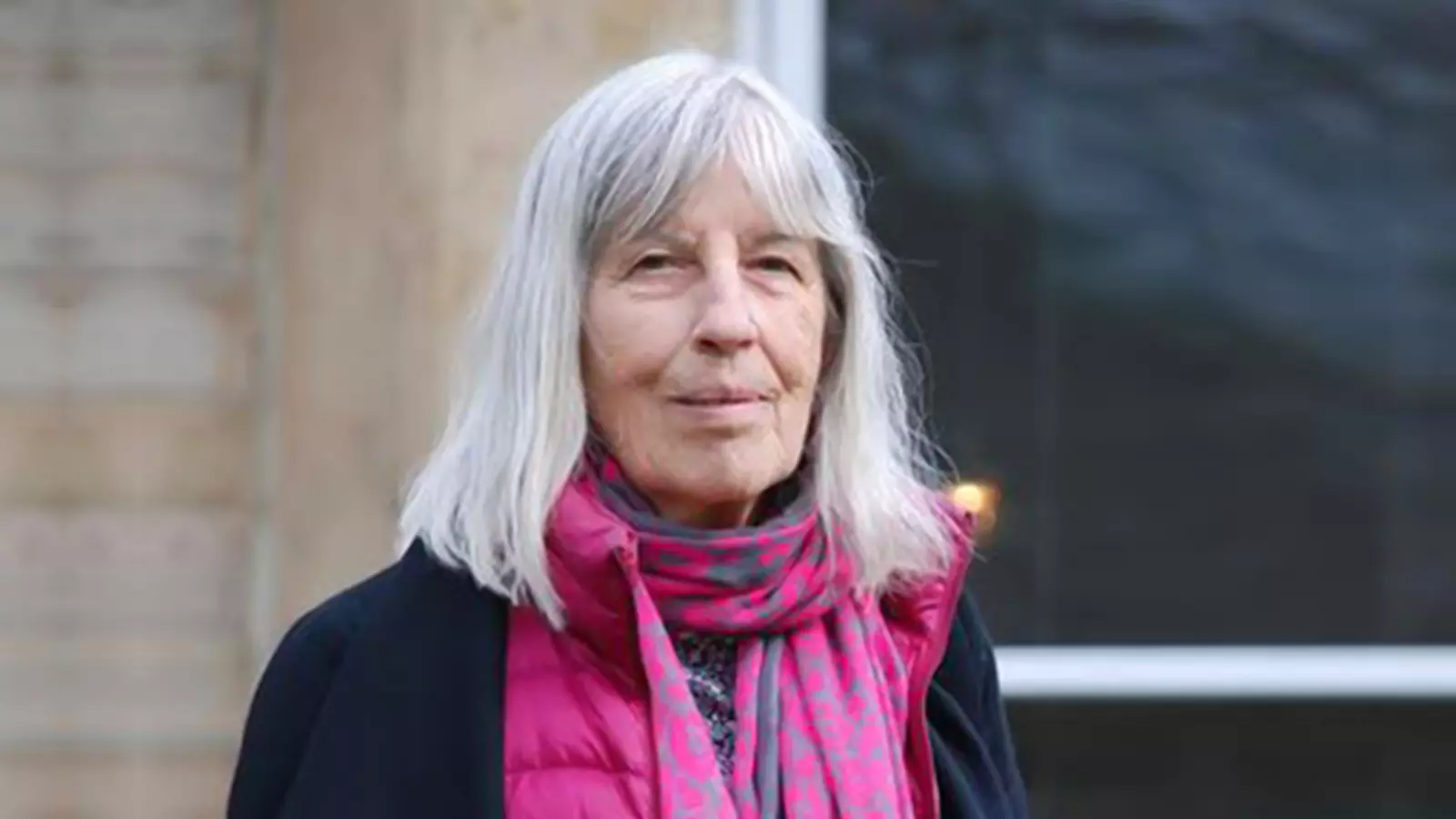
In 'Eileen', Sylvia Topp writes how each evening Orwell would read to Eileen what he had written that day, and she would give her feedback — it would later become Animal Farm.
Eileen recounts the time the couple spent in a tiny village tending goats and chickens, through the Spanish Civil War, their narrow escape from the destruction of their London flat during a German bombing raid, and their adoption of a baby boy. While it also portrays the bohemianism, political engagement, and sexual freedom of the 1930s and 1940s, the thrust is on how Eileen played a major role in Orwell’s creation of what he did. Topp writes how each evening Orwell would read to Eileen what he had written that day, and she would give her feedback — it would later become Animal Farm.
In the first letter to Norah after her marriage, Eileen apologises to her for not writing sooner: “I lost my habit of punctual correspondence during the first few weeks of marriage because we quarrelled so continuously and really bitterly that I thought I’d save time and just write one letter to everyone when the murder or separation had been accomplished.” The tone of this letter piqued Funder’s interest when she was contemplating writing a book on Orwell. She set out to find the story of this self-confident woman with a terrific sense of humour. Funder was also struck by another, important aspect: Why did Eileen want to kill her husband, even though it was in jest. That realisation led her onto a journey which resulted into Wifedom. Even as she was working on the book, Topp outpaced her and published her book before Funder could give a shape to Eileen’s story.
“Orwell’s biographers are seven men looking at a man. Each of them is brilliant, and each tells a slightly different story — slanted now towards heroism and forgiveness, now towards ‘dark recesses’ of unnamed complexity. But all of them minimise the importance of the women in Orwell’s life. In the end, the biographies started to seem like fictions of omission,” writes Funder in Wifedom. The biographies of Orwell she pored over were published between the 1970s and 2003. They include: The Unknown Orwell (1972) and Orwell: The Transformation (1979) by Peter Stansky and William Abrahams; George Orwell: A Life by Bernard Crick (1980); Orwell: The Authorised Biography by Michael Shelden (1991), Orwell: Life and Art by Jeffrey Meyers (2001); Orwell: The New Life by DJ Taylor and Inside George Orwell by Gordon Bowker — both published in 2003.
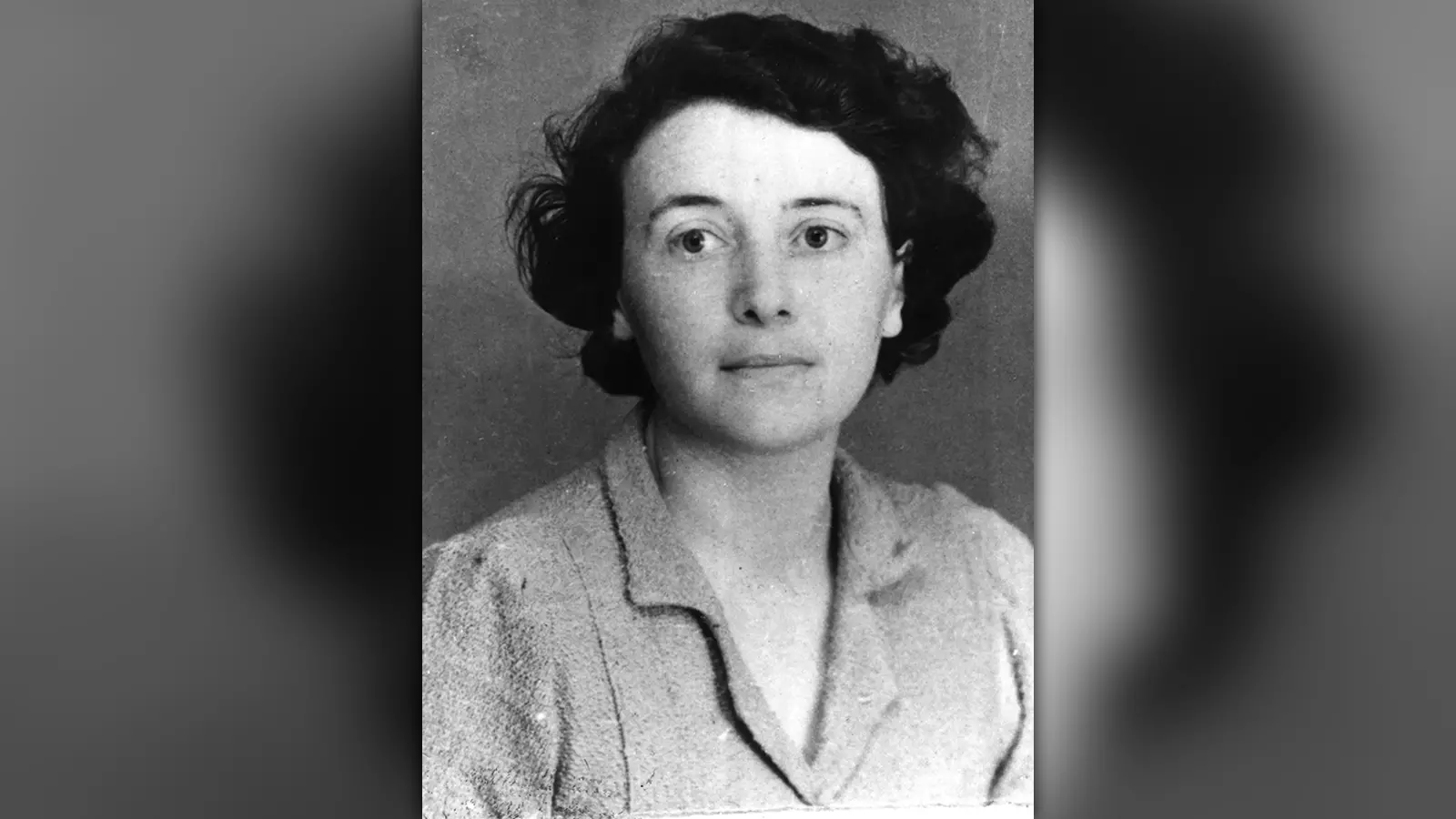
In the first letter to her friend Norah after marriage, Eileen in apparent jest says that she wants to kill her husband Orwell.
Funder writes: “I’ve long loved Orwell’s writing so it was a joy to learn about the man described as ‘one of the greatest writers of the twentieth century’, and ‘a moral force, a light glinting in the darkness, a way through the murk’.” These biographies describe Orwell’s childhood in the 1910s, his time at Eton, then in Burma as a young policeman. They recount how he fought the fascists in the Spanish Civil War, then lived in London under fascist bombardment there, and wrote his masterpiece, Animal Farm, and, later, the dystopian marvel, 1984.
What really surprised Funder was what Orwell himself wrote during his final illness (he suffered from tuberculosis), after the marriage was over. In his private literary notebook, he wrote in the third person, “as if to distance himself from feelings that were hard to own” how there were “two great facts about women which . . . you could only learn by getting married, and which flatly[…contradicted the picture of themselves that women had managed to impose upon the world. One was their incorrigible dirtiness and untidiness. The other was their terrible, devouring sexuality . . . Within any marriage or regular love affair, he suspected that it was always the woman who was the sexually insistent partner. In his experience women were quite insatiable, and never seemed fatigued by no matter how much love-making.” Funder concludes that Orwell was referring to Eileen.
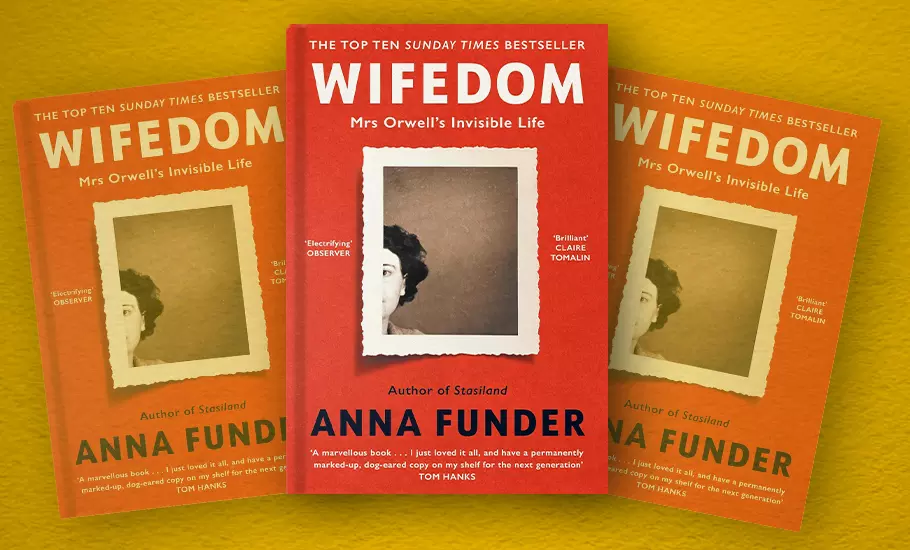
Anna Funder’s 'Wifedom' present Eileen as a woman who was not a passive observer, but an active participant in shaping Orwell’s gargantuan literary legacy.
Orwell is widely seen as a self-made man, who would rarely share his work while in progress. However, this seems to be inaccurate. Both Topp and Funder write that Eileen began typing drafts of Orwell’s articles and books, adding emendations to the back of pages as she finished typing them, soon after the marriage. “Her sense of humour and psychological skills aided him in plot development, and with her admiration, unselfishness, and bravery she helped assure his success. Some friends noticed that Orwell’s writing did change in the mid-1930s, but without recognising Eileen’s influence,” writes Todd. Richard Rees, Orwell’s biographer wrote: “There was such an extraordinary change both in his writing and, in a way also, in his attitude after he’d been to the North [referencing Wigan]’ (and of course The Road to Wigan Pier was the first book Orwell wrote after his marriage to Eileen).
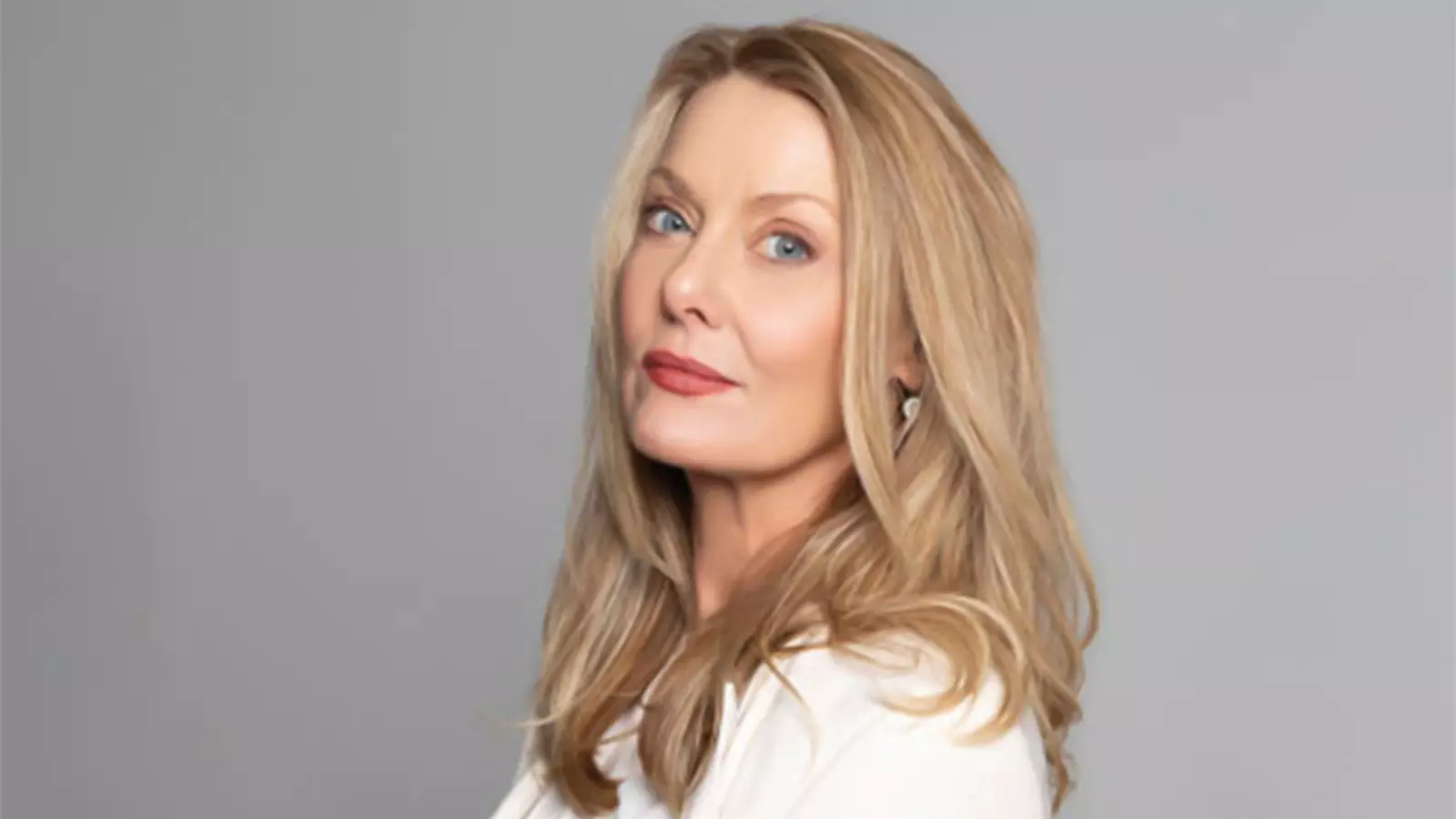
Funder writes that Orwell’s biographers are seven men looking at a man. Each of them is brilliant, and each tells a slightly different story, but all of them minimise the importance of the women in Orwell’s life.
Although he is often described as a misogynist, Orwell turned to several women on his creative journey. Eileen was someone he met, and benefited from, in the early stages of his career. Funder found Eileen in the gaps in the biographies and Orwell’s own writing, including Homage to Catalonia (1938), his account of fighting the fascists in the Spanish Civil War Orwell references “my wife” 37 times but never names Eileen. Funder notes, “If you don’t name someone, they are never a character, they can’t come alive, so they can’t be brave, they can’t save your life, like she did in Spain; they can’t save your manuscript, they can’t really exist.” Fredric Warburg, one of Orwell’s publishers, wrote about Animal Farm, “The writer of rather grey novels … had suddenly taken wings and become – a poet.” The credit for this went to Eileen. And it is all thanks to two women writers that we know how she was invisibilised, and cancelled, including by her own husband.
